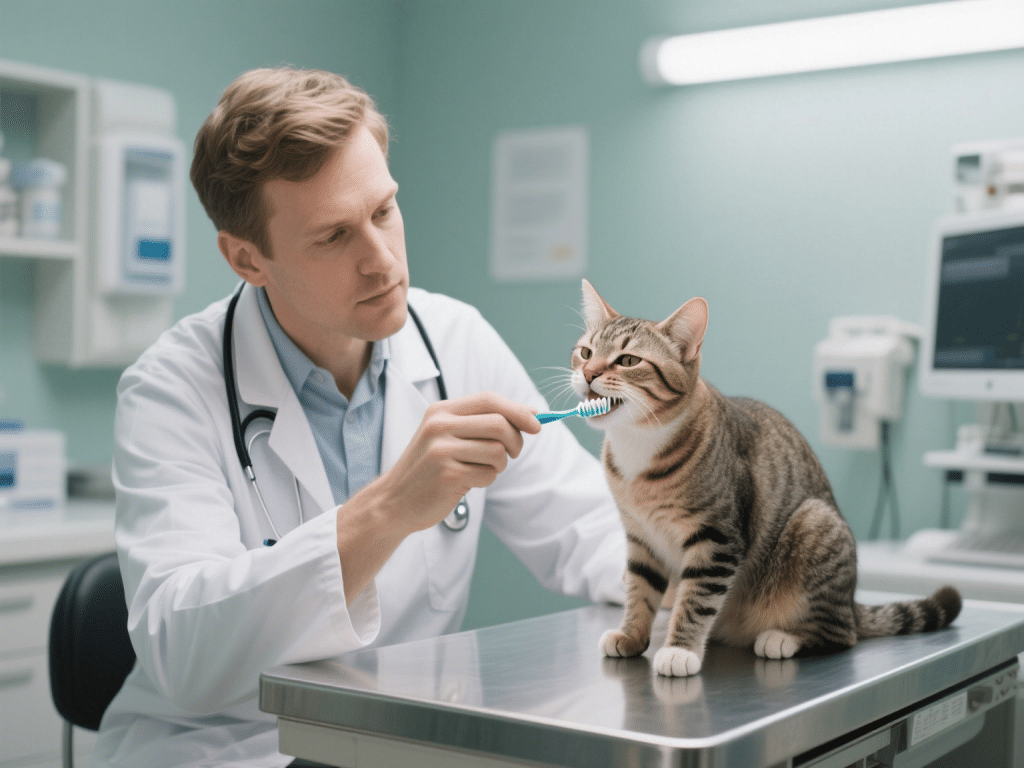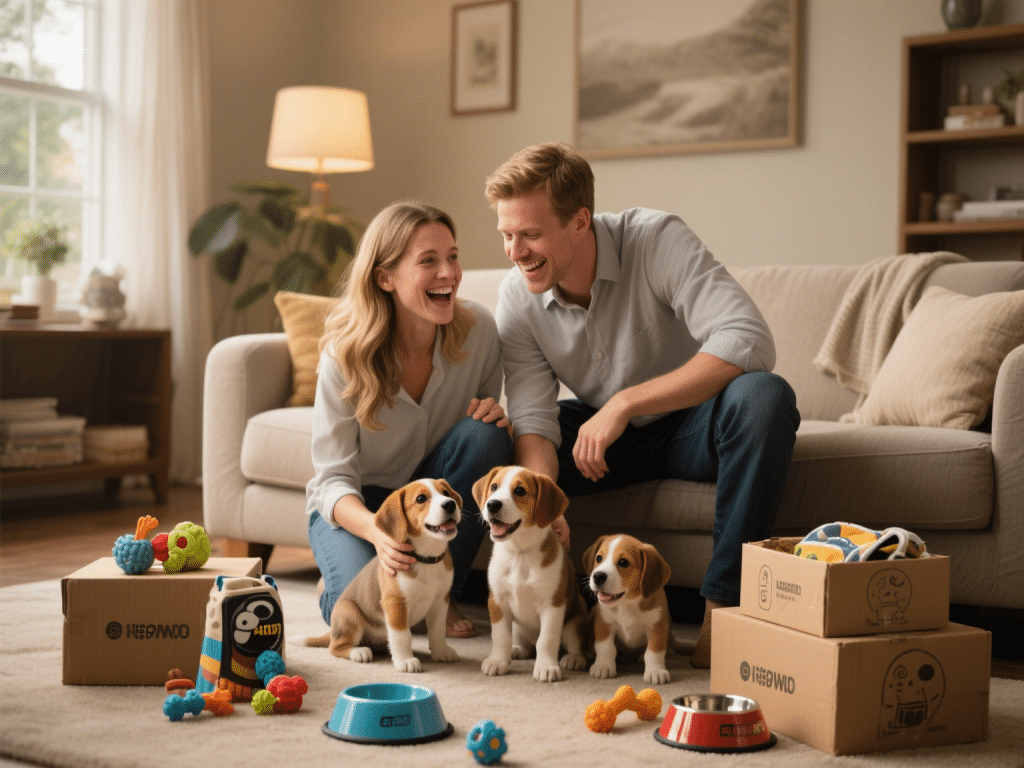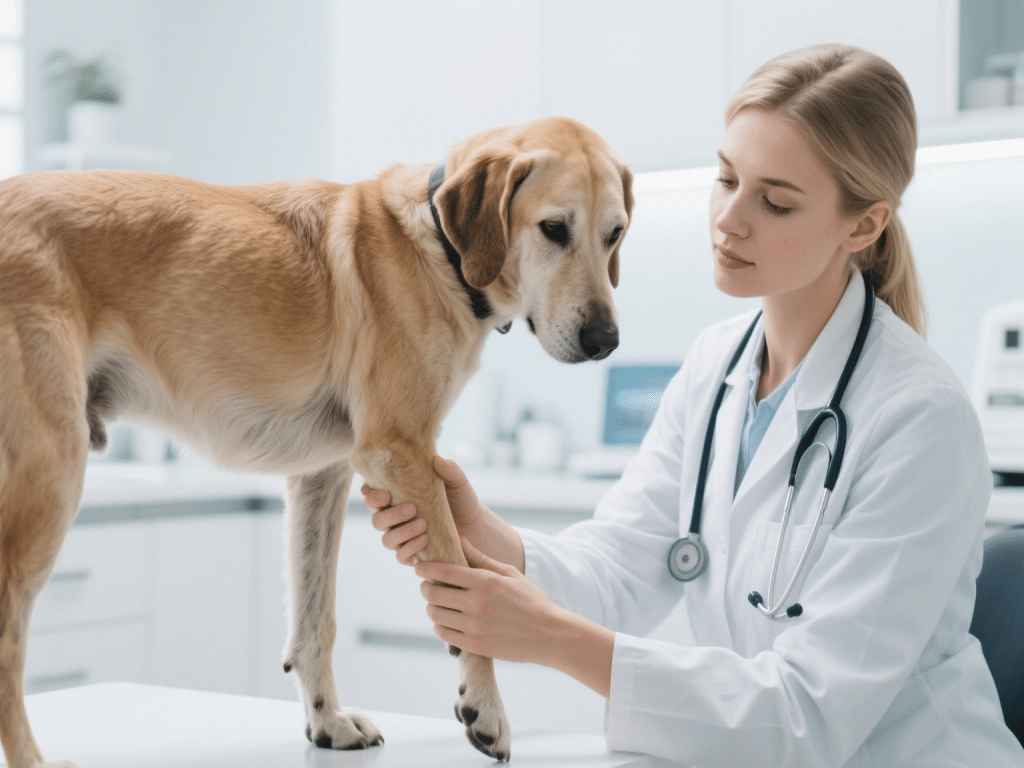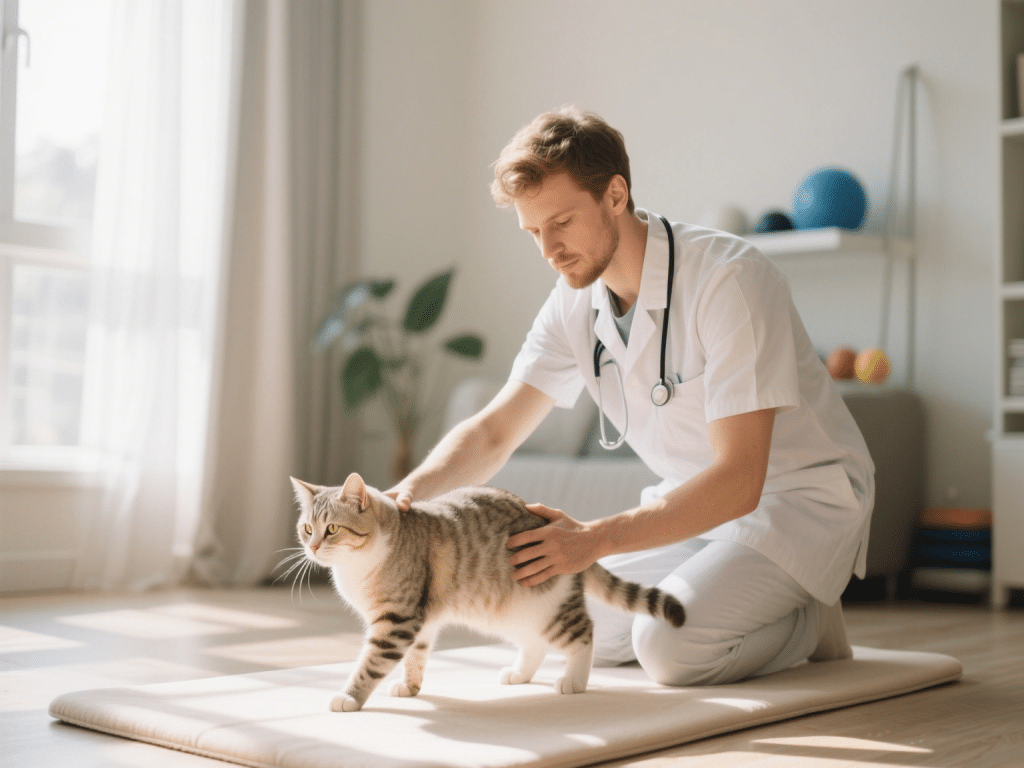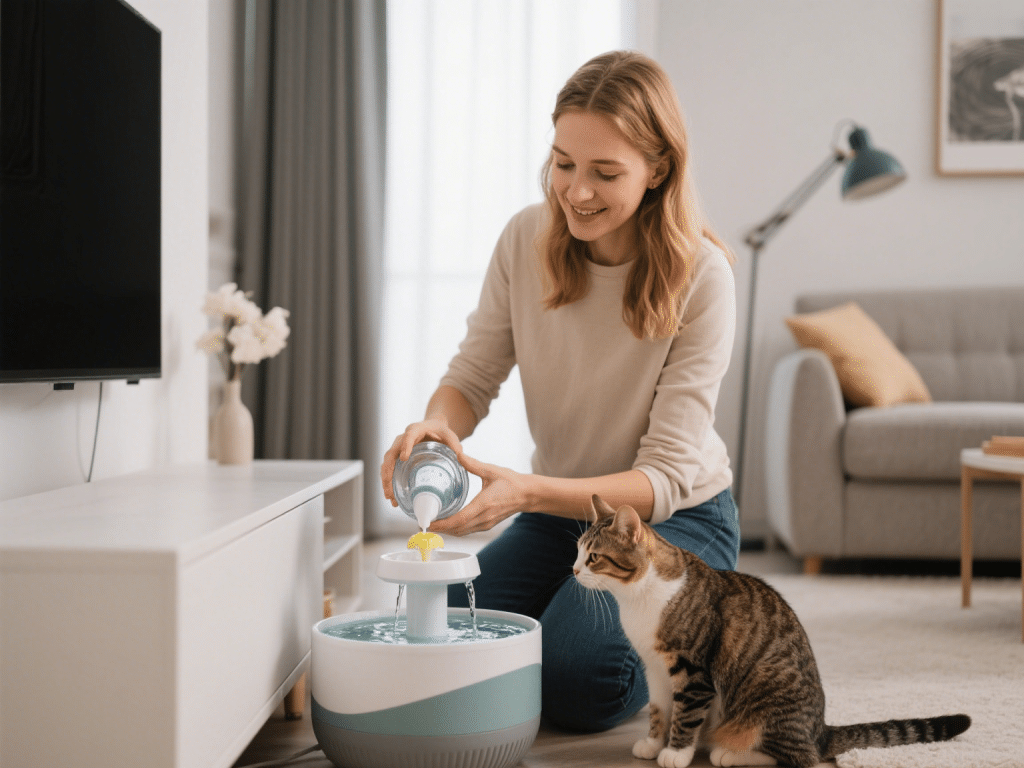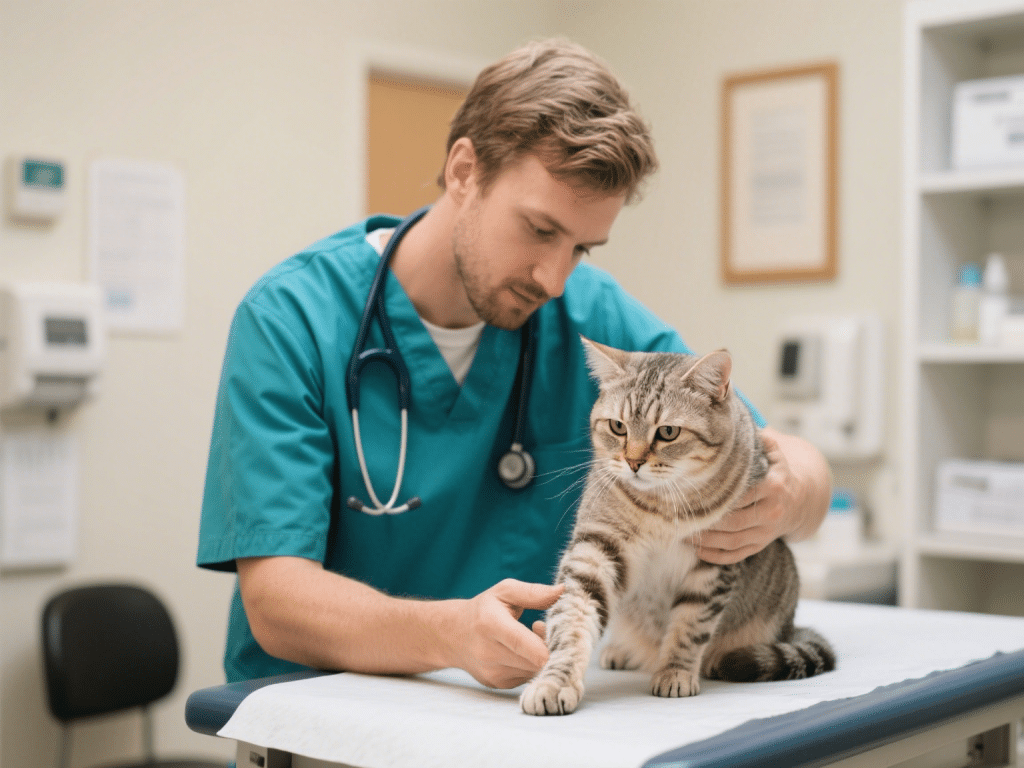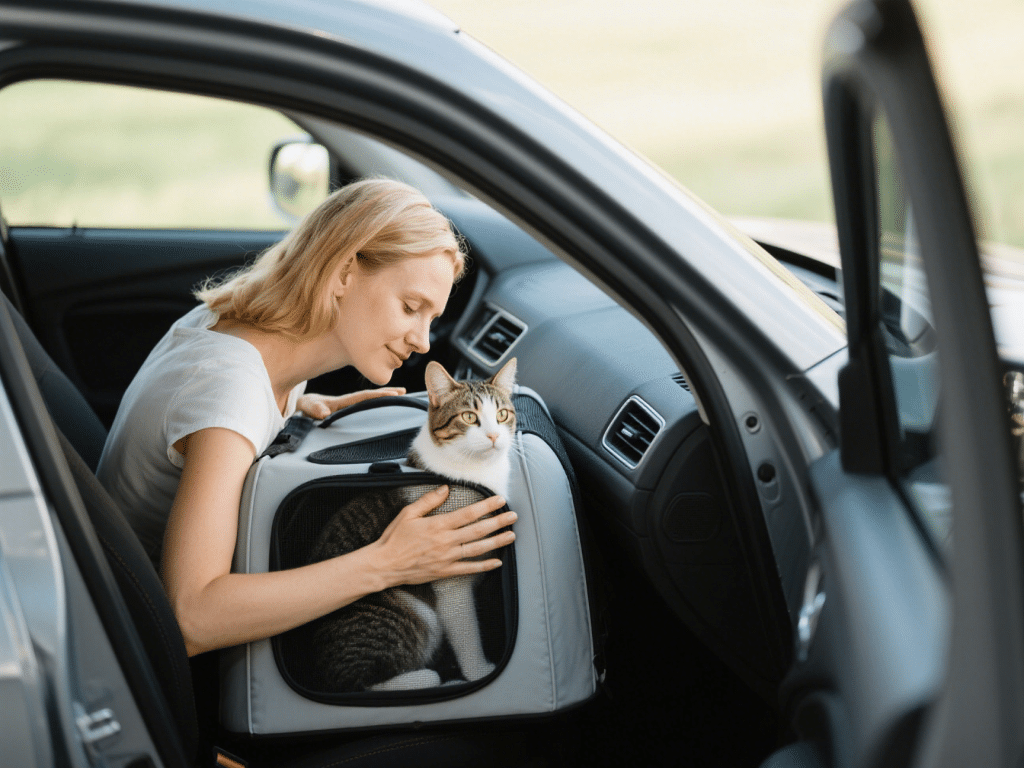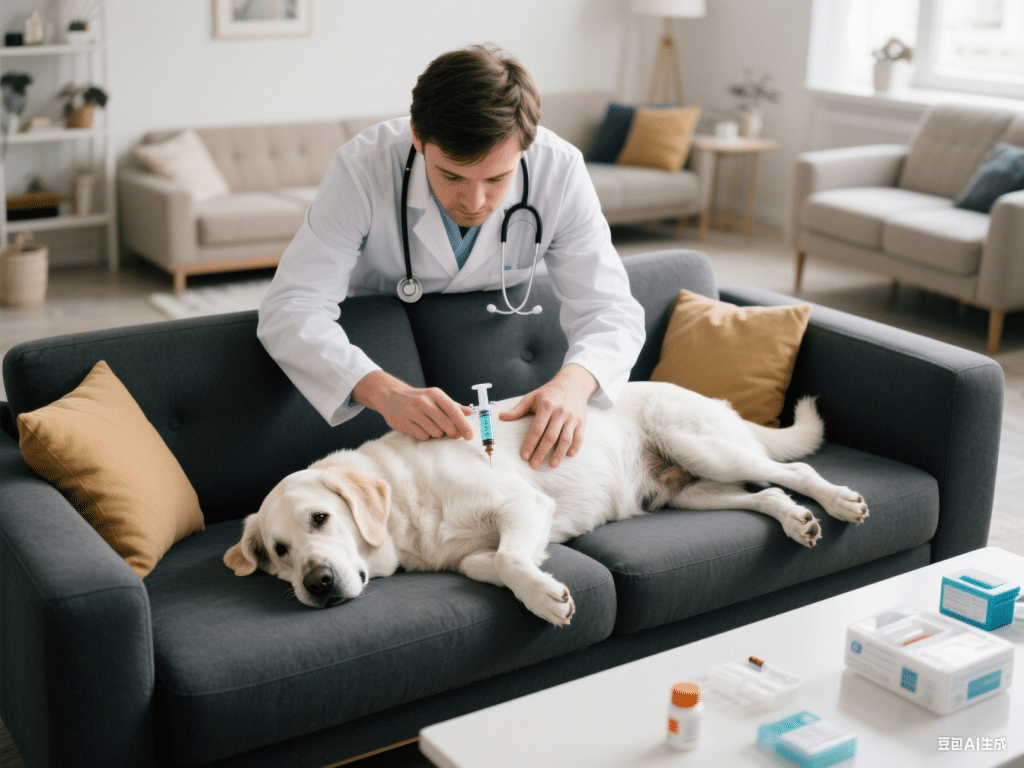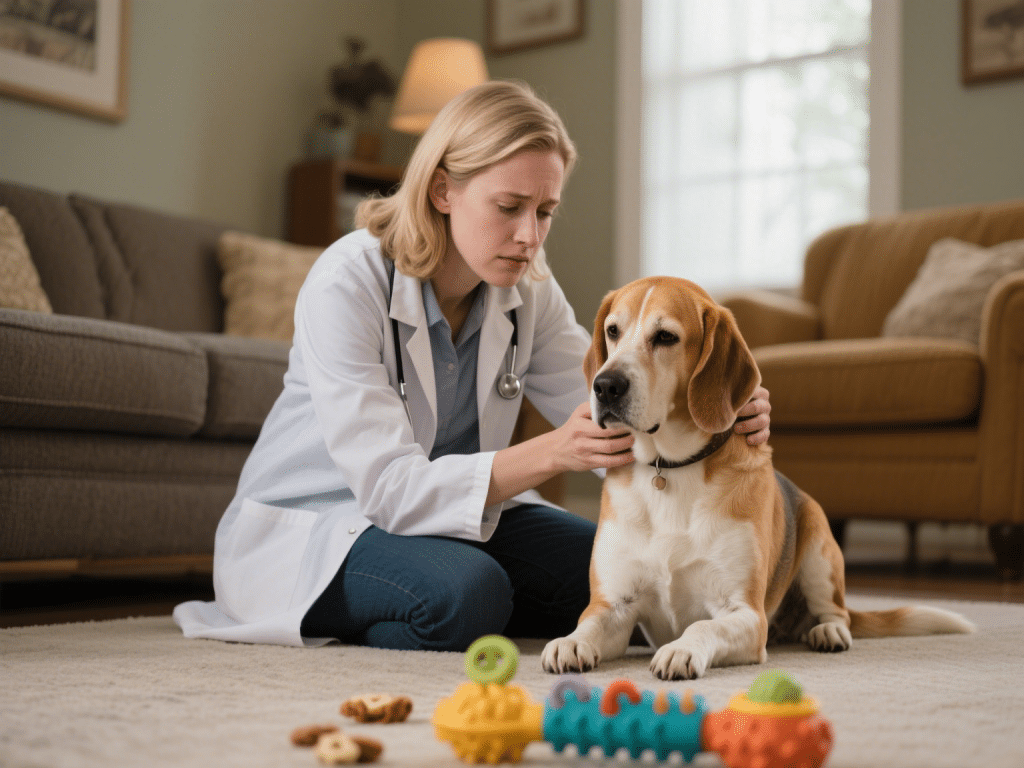
Many dogs experience separation anxiety when left alone, exhibiting destructive behavior, incessant barking, or house-soiling. As a certified canine psychologist and trainer, I’ve helped hundreds of pet parents restore calm and confidence in their dogs. Below are evidence-based techniques to reduce anxiety and foster independence.
1. Desensitize Departure Cues
Dogs often associate specific cues—putting on shoes or jingling keys—with your departure. Randomize these actions throughout the day without leaving, diminishing their predictive power.
2. Create a Safe, Enriched Zone
Designate a “comfort corner” with a favorite bed, interactive treat dispenser, and background white noise (e.g., radio at low volume). Familiar scents—an unwashed T-shirt—offer reassurance.
3. Practice Gradual Departures
Start with very short absences (30 seconds), then return calmly without fanfare. Gradually extend duration in small increments, rewarding relaxed behavior upon return.
4. Utilize Positive Reinforcement
Before leaving, offer a treat-filled toy (e.g., KONG stuffed with peanut butter). This positive diversion encourages independent engagement and forms a positive association with alone time.
5. Counter-Conditioning with Crate Training
If your dog views the crate as a safe den, feed meals inside and offer chew toys in the crate. Slowly increase crate time while you’re in another room, eventually leaving for brief intervals.
6. Implement Calming Aids
Adopt pheromone diffusers (Adaptil) or calming collars proven to reduce stress. Consult your vet about natural supplements like L-theanine or melatonin for additional support.
7. Interactive Technology
Consider pet-cam treat dispensers or two-way video/audio devices. Hearing your voice and receiving occasional remote treats can soothe anxious pups during absences.
8. Structured Exercise and Mental Work
A tired dog is more relaxed. Prior to departures, engage in 20–30 minutes of brisk walking or fetch, followed by a short obedience session to reinforce self-control.
9. Professional Behavior Modification
For severe cases, consult a certified canine behaviorist. Techniques like systematic desensitization and counter-conditioning, delivered under professional supervision, yield the strongest results.
10. Consistent Routine and Patience
Dogs thrive on predictability. Maintain consistent feeding, walk, and departure schedules. Monitor progress in a journal, noting durations tolerated and stress-sign reductions.
By combining gradual exposure, positive reinforcement, environmental enrichment, and professional guidance, separation anxiety can be significantly reduced. Drawing on my clinical practice and hundreds of success stories, I’m confident these strategies will help your dog learn that alone time can be safe—and even enjoyable.


